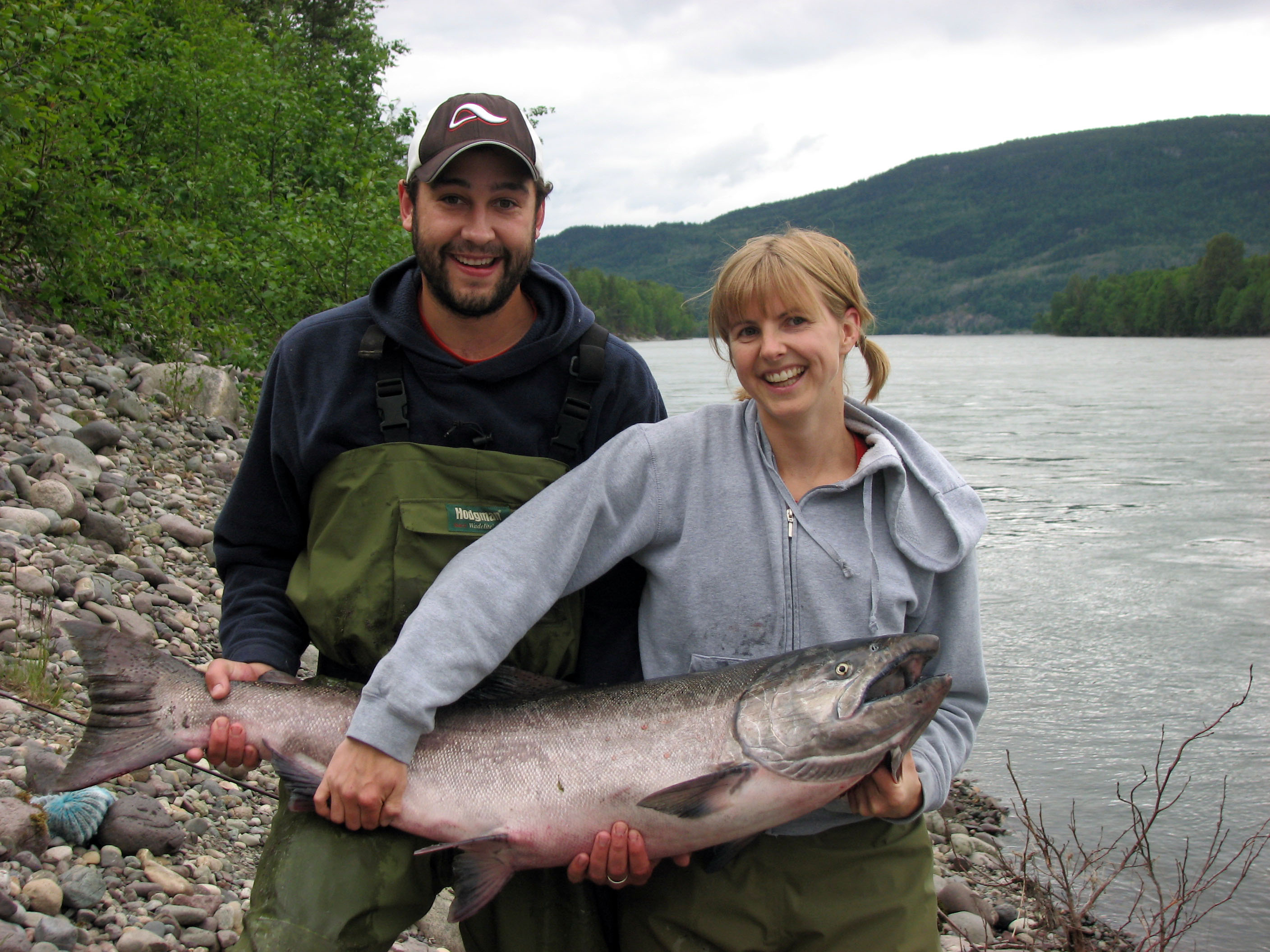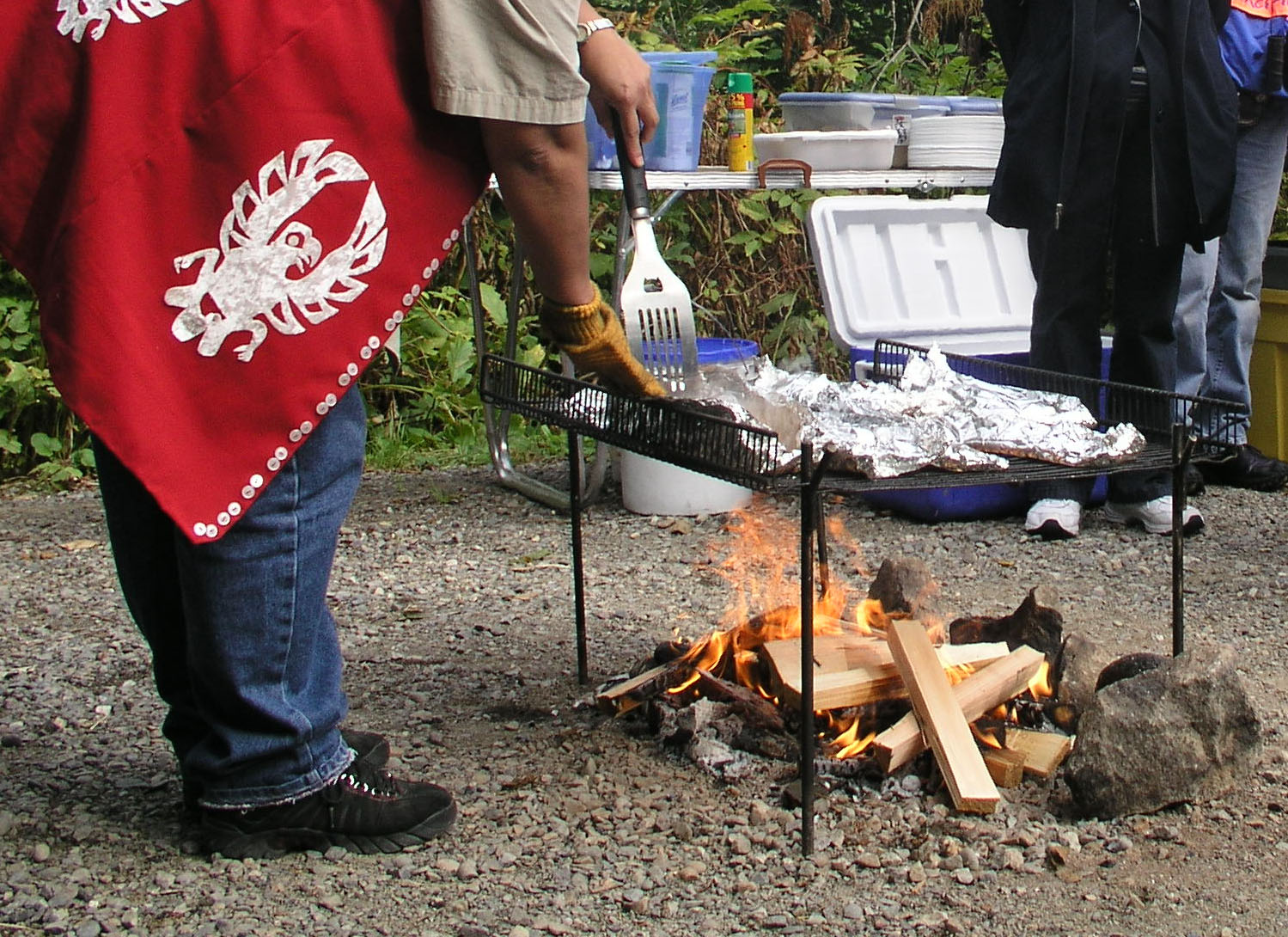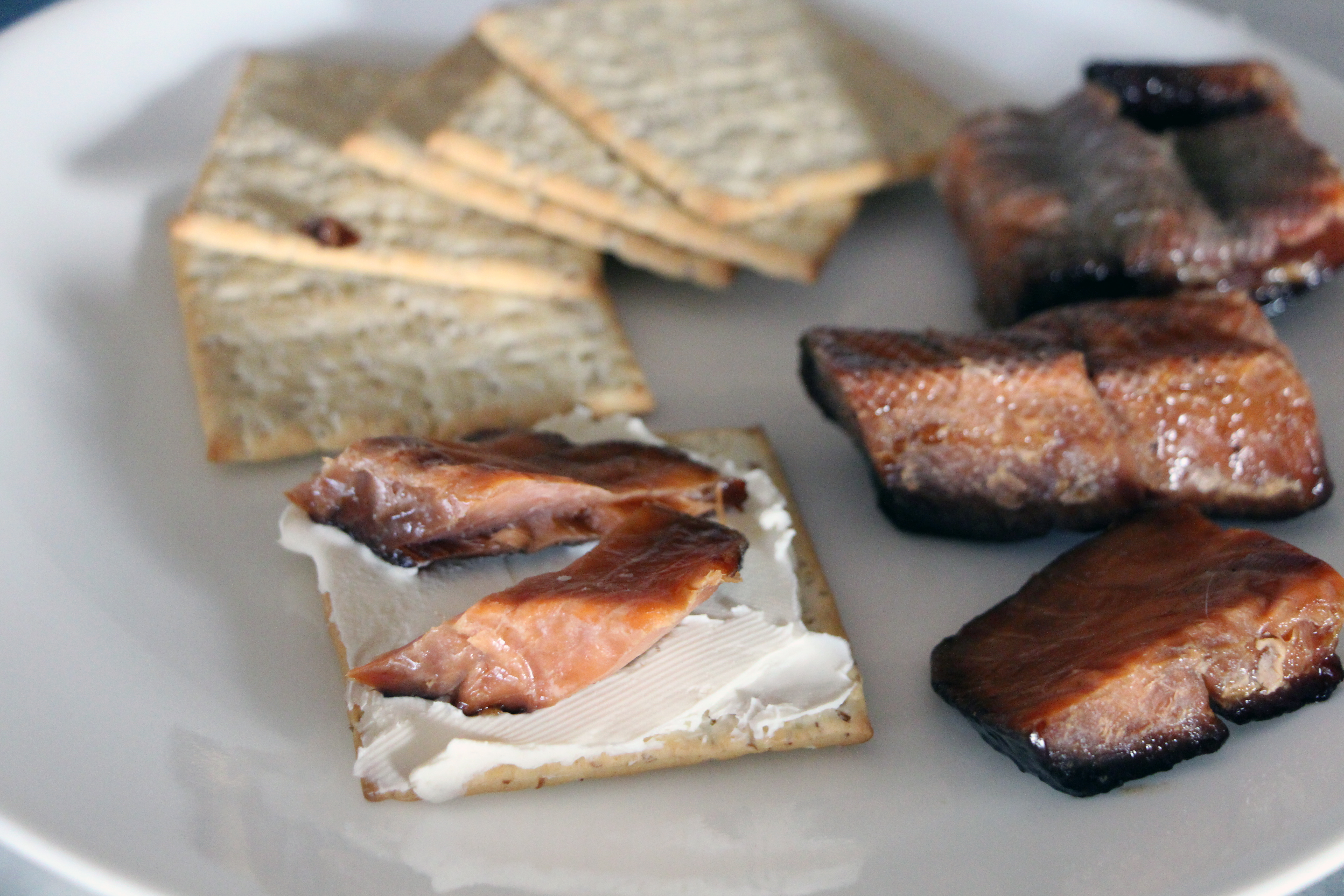Totally Northern Trail Snacks
Most Northerners live where they live because they love the land. For many, part of that love is being able to live off the land. We fish, we hunt, we gather and as a result, we have some pretty unique trail snacks. For some, these are an acquired taste; others crave these delicacies.

These local, high protein treats will keep you going on the trail and let you experience that much more of the area’s riches. The only problem is, you can’t exactly find them on the shelves of the local grocery store. You’ll have to befriend a fellow rider and invite yourself to lunch. Or ask around; someone usually knows someone who is willing to hook up a visitor for a good trade.
Salmon BC is known for it’s West Coast Salmon and the Northwest is a river and ocean fishing mecca. All five types of salmon are plentiful throughout the biking season – Sockeye, Chinook, Coho, Chum and Pink. If there’s an avid fisherman in the household, locally caught, canned or frozen salmon (fillets, steaks or smoked salmon) is available year round.

Fresh, canned and smoked salmon is so good that you can eat it by itself, but here’s a few alternatives for your trail picnic. Salmon salad sandwiches Salmon cheese ball, with crackers and veggies Smoked salmon, with cream cheese and crackers Salmon jerky Homemade sushi rolls, made with fresh or smoked salmon
Moose and Deer Moose are beautiful, majestic creatures. They are also much sought after for the freezer full of meat just one of these incredible animals provide a family or two throughout the year. Deer is also popular among hunters in the Northwest, and many residents travel to Haida Gwaii in late fall to catch their quota of five each.
Many households in the North never actually buy red meat. Instead they replace the beef in all the usual recipes with moose and venison. That means that some local bikers you come across snacking on your path may actually be munching on moose spaghetti, deer chili, or pulled venison sandwiches.
Two easy ways to enjoy moose and deer on the trail are in the form of jerky or sausage. A butcher can make these but others process the meat themselves. For sausages, they use a meat grinder, sausage maker and sausage casings. To make jerky, they use a ‘jerky gun’ then dry it out in the oven, a dehydrator or a smoker. Every batch of sausage and jerky has its own distinct flavour depending on the seasoning used, the type and temperature of the smoker, and the drying time.

Oolichan – also known as Eulachon or Ooligan Oolichan is a small smelt fish only found along the Northwest Pacific Coast. The fish has great significance and value to First Nations in the area, historically and in present day.
During the Oolichan run, generally mid to late Spring depending on location, First Nations set up temporary camps on the river where they fish and process the oolichan. Some of the Oolichan are eaten fresh, while others are dried or smoked. The most valued part of the fish, however, is its grease.
To gather Oolichan grease, the fish cooked in huge wooden vats at the fish camps. The grease rises to the top and is collected by the bucketful, to be shared and savoured within the community. While Oolichan grease is definitely an acquired taste, the First Nations consider it a delicacy.
The grease lasts a long time, is filling and has many health benefits; in the past, it was even used as medicine. When cool, the texture is similar to vegetable shortening and when warm, a light oil. The flavor of the grease depends on how long it’s cooked, and how it’s collected and stored. So does the colour, which can range from gold to black.
So, for a cultural experience as well as a burst of vitamins that’ll keep you climbing all day, get your hands on some grease, spread it on a fresh piece of bread, and go.
